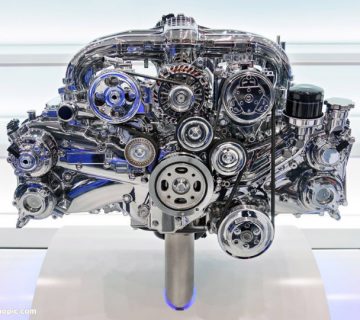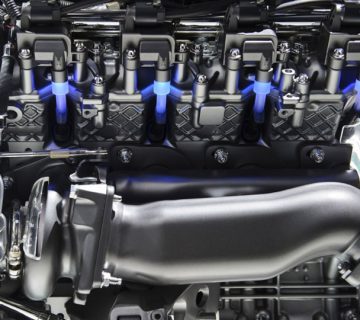Automobile transmission (Transmission) is often referred to as “transmission” in automobiles; often referred to as “variable transmission” in industrial machinery, it is a mechanical or hydraulic device that performs mechanical power conversion.
Transmission is one of the main components of automotive transmission systems. The actual use of a car is very complicated,
Such as: start, idle stop, low or high speed driving, acceleration, deceleration, climbing and reverse, etc., which requires the driving force and speed of the car can be changed within a relatively large range, and the output of the currently widely used piston engine The torque and speed range is small. In order to adapt to the constantly changing driving conditions, and at the same time make the engine work under favorable conditions (higher power, lower fuel consumption), a transmission is set in the drive system.
Principle: Each gear has a different transmission ratio, which is equivalent to the meshing between the small gear and the large gear can generate different speeds. When driving at low speed, use a low transmission ratio (3 speeds and below). The speed of the large shaft is lower than the engine speed. The formula P = FV can obtain greater driving force, use high transmission ratio (4th gear and above) at high speed, large shaft speed is higher than engine speed, reduce traction force to obtain higher speed, cut gears to select gears of different sizes Engage with the gear of the large shaft.
Function: ① Change the transmission ratio and expand the range of driving wheel torque and rotation speed to adapt to the constantly changing driving conditions, and make the engine work under favorable conditions (higher speed and lower fuel consumption); ② When the engine rotate When the direction is unchanged, the car can be driven backwards. ③ Use neutral gear to interrupt power transmission, enable the engine to start, idle, and facilitate gear shifting or power output.




